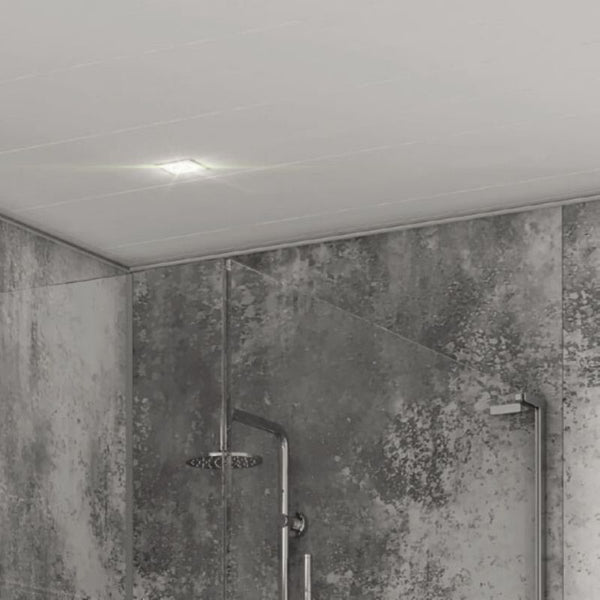In the realm of modern architecture and construction, the interplay between cladding and wall systems is a critical aspect that influences both aesthetic appeal and structural integrity. While cladding serves as a protective and decorative outer layer, the wall beneath it plays a fundamental role in the building's overall performance. However, a significant question arises: What is the gap between cladding and wall, and why is it essential to understand this relationship?
The Role of Cladding in Building Design
Cladding is more than just an exterior finish; it is a vital component that contributes to the building's energy efficiency, weather resistance, and aesthetic character. Common materials used for cladding include metal, wood, brick, and composite materials, each offering unique benefits and challenges. The choice of cladding material can significantly impact the thermal performance of the building, as well as its resistance to moisture and air infiltration.
The Wall System: A Structural Backbone
The wall system, typically composed of structural elements such as studs, insulation, and sheathing, provides the necessary support for the building. It is responsible for load-bearing, thermal insulation, and sound attenuation. Understanding the wall system's composition is crucial, as it directly influences the effectiveness of the cladding. The gap between the cladding and the wall is not merely a void; it serves several essential functions.
The Importance of the Gap
- Ventilation and Moisture Control: One of the primary purposes of the gap between cladding and wall is to facilitate ventilation. This space allows for air circulation, which helps to prevent moisture buildup that can lead to mold growth and structural damage. Proper ventilation is particularly crucial in climates with high humidity or significant rainfall.
- Thermal Performance: The gap can also play a role in enhancing the thermal performance of the building. By creating a buffer zone, it helps to reduce thermal bridging, which occurs when heat flows through the wall system, leading to energy loss. A well-designed gap can improve the overall energy efficiency of the building, contributing to lower heating and cooling costs.
- Acoustic Performance: In urban environments, noise pollution can be a significant concern. The gap between cladding and wall can help mitigate sound transmission, enhancing the acoustic comfort of the interior spaces. This is particularly important in residential buildings and facilities located near busy roads or industrial areas.
- Aesthetic Flexibility: The gap allows for design flexibility, enabling architects to create visually appealing facades without compromising the structural integrity of the wall system. This space can accommodate various cladding materials and styles, allowing for innovative design solutions that enhance the building's overall appearance.
Design Considerations for the Gap
When designing the gap between cladding and wall, several factors must be considered:
- Material Compatibility: The materials used for both cladding and wall should be compatible to prevent issues such as corrosion or degradation over time. For instance, metal cladding should be paired with appropriate moisture barriers to protect the underlying wall system.
- Building Codes and Standards: Compliance with local building codes and standards is essential. These regulations often dictate the minimum requirements for ventilation, moisture control, and thermal performance, ensuring that the gap functions effectively.
- Installation Techniques: Proper installation techniques are crucial to achieving the desired performance of the gap. This includes ensuring that the cladding is securely fastened and that any insulation or moisture barriers are correctly positioned to prevent air and water infiltration.
Conclusion
Understanding the gap between cladding and wall is vital for architects, builders, and property owners alike. This seemingly simple space plays a crucial role in the overall performance, durability, and aesthetic appeal of a building. By considering factors such as ventilation, thermal performance, and material compatibility, stakeholders can make informed decisions that enhance the longevity and efficiency of their structures. As the construction industry continues to evolve, a deeper understanding of these relationships will be essential for creating sustainable and resilient buildings that stand the test of time.

